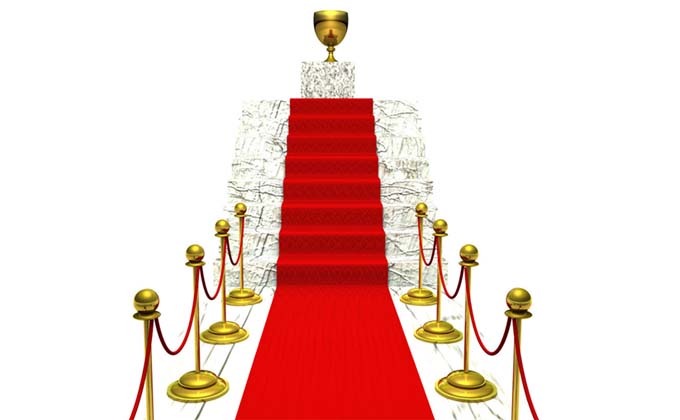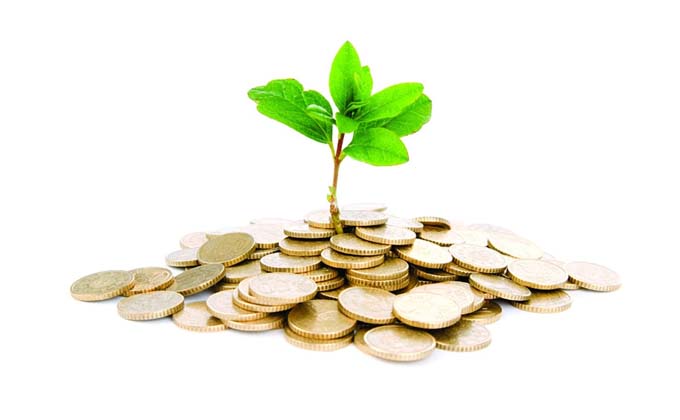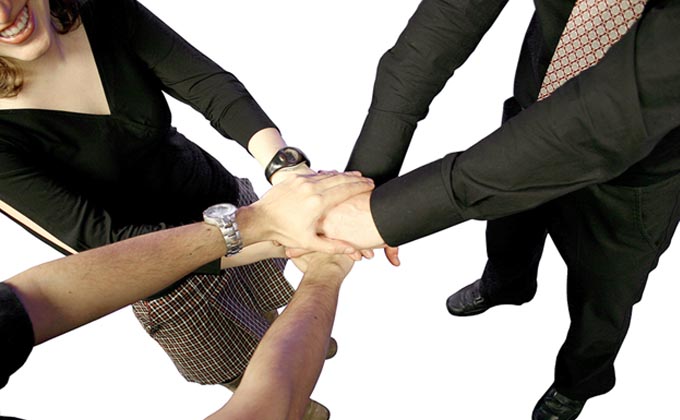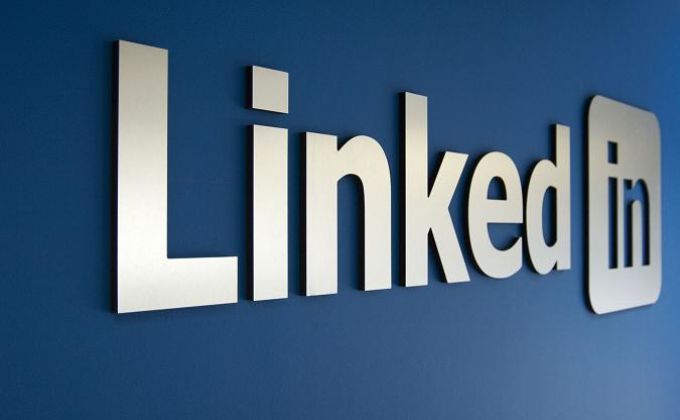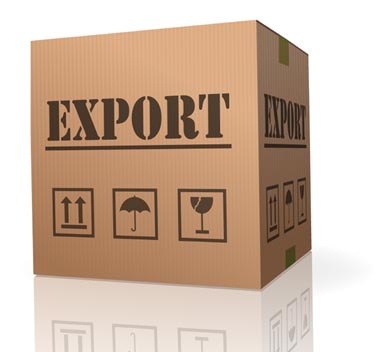What does a business work for and where is the main limitation of profit in retail?
 Before we talk about what needs to be done to better manage retail inventory, let’s agree on a common understanding of the purpose of any business. Not just retail, but anyone. The goal of the business is to make money now and in the future.
Before we talk about what needs to be done to better manage retail inventory, let’s agree on a common understanding of the purpose of any business. Not just retail, but anyone. The goal of the business is to make money now and in the future.
When we talk about retail and sales, which main element determines the income of the system? Of course, these are buyers coming to purchase our goods. If we had more buyers, the more we would have a pass. That is the bandwidth of the system. The more buyers, the more we earn.
Therefore, we can state the fact that the restriction in a retail trade or retail system is the number of customers who come to make a purchase. So, we have precisely defined our main limitation.
So how should we make maximum use of the restriction? That is, as with the same stream of customers, without additional investments in marketing, increase your profits in the retail business. This is what this article will be about.
Because if we do not use the limitation of the system as much as possible, then expanding it we will simply “squander” this limitation. When a customer enters the store, according to sociological research, he wants to buy something in 65-78% of cases. Yes, there really are such customers who come just to kill time, but most of the customers come to the store to buy something. And in our case, the maximum use of the limitation of the system means to have the right range of goods in the right place at the right time. And this is the most important task of the retail distribution system. Roughly speaking, you need to have in your store what you buy and not something that you don’t buy.
What the store loses from inefficient inventory management
Now that we have defined the goals and objectives of retail, let’s see how we manage to solve these problems?
How big is the problem with ensuring the right level of availability of goods. What is the level of shortages? Many leaders of retailers believe that the level of shortage of goods from them is only 2-3%.
But let’s look at this situation as buyers. How often do you, as buyers, face the lack of the desired product? We went to the store to buy something, but they did not find the desired color, size, model. And which product is most often missing? Non-tradable, which can not be in demand or goods that are in demand and is running. Of course, the one that is popular, the one that sells out quickly.
Economists of the Madrid School of Economics conducted an analysis of the level of balances in the retail chains of Europe and America. And what did they discover? That the average level of absence in the outlet stated in the availability of goods averaged 8%. It is unlikely that we in the CIS are doing better than theirs. The researchers have noted in their analysis that the most interesting, very many customers who did not find what they want, do the following:
9% of customers do not buy anything
31% of customers go to buy somewhere else
40% of customers who did not find what they wanted to leave without making a purchase
And as we have already said that when we have a shortage of goods, then most often or, we can almost always say, such goods are in demand. Because if he had not been in demand, he would not have been sold off. Therefore, we can say that the store loses at least 3-4% of sales.
But we must take into account that these are losses in the sales of a tradable product, and according to Pareto’s law, 80% of sales make 80% of the goods. Therefore, we can accept the original premise that most often there is no product from these 20%, which means the loss of sales is even greater.
How do sales losses affect profits
Let’s see how sales losses even 1% affect profits. Many executives at retail think that the loss of sales of 1% affects only 1% of profits. But is it?
Let us hypothetically assume that the average margin of a store is 30% of the value of the goods on the shelf. And let’s say that for 1 day we have sales in the store $ 10,000. Since we agreed that we have a margin of 30% of the cost of sales. This means the purchase price for this product is $ 7,000. Margin – $ 3,000. Let’s assume that operating costs were $ 2,700 per day. Therefore, the profit per day we get 300 dollars.
Those. we have 3% of net profit from turnover.
Let’s see how the lost sale affects the impact on our profits.
Let’s imagine that we managed to sell 1% more, so our sales will be 10,100 purchase price 7070, our margin is 3030.
But the operating costs do not change, because our rent, utilities, wages, etc. will not change when sales change by 1%. At the same time, our profit became $ 330, i.e. increased by 10%.
If we increased sales by 4%, we immediately see that our profits will grow from $ 300 to $ 420, so a one percent loss in sales does not mean that we have lost only 1% of profits.
